Eighty-percent of adults have experienced some type of back discomfort at some point in their lives, and as a result of those suffering from chronic back pain, the U.S economy is subject to approximately $600 billion dollars annually due to medical needs and missed work. To help live a pain free life, it’s important to understand some of the muscles that protect our back, and how we can strengthen and move those muscles.
First, the core muscles must be working correctly in order to protect the spine during all types of movement including forward, backward, sideways, and rotation. Any muscle that connects directly to the pelvis is considered a core muscle. The hip muscles, spinal erectors (the long muscles that flank the spine), transverse abdominis (the muscle that wraps around your waste), and the internal/external obliques are all attached to the pelvis. Sitting too long and too much inactivity can throw this system into disarray. But with proper training, movement in all directions can be pain free.
In addition, it’s important to make modifications throughout the day so that you aren’t too sedentary or repetitive. A few tips include: 1) trying to stand vs. sit, 2) giving your low back support when you are sitting (i.e. try rolling up a towel and placing it horizontally along your low back), 3) using your legs vs. your back to lift heavy objects, and 4) mixing up your workout routine.
Moving these muscles does not have to be intense or complicated, and a person does not have to be in a gym setting to strengthen the core. Below is a list of exercises that can be performed at home. They are all simple yet effective exercises that are beneficial for the core, which in turn helps protect the back. Pick a few of these and try 1-3 rounds of 12-20 reps. When practicing planks, work up to one 60-second hold.


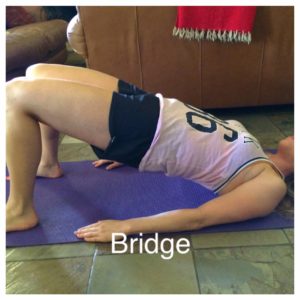
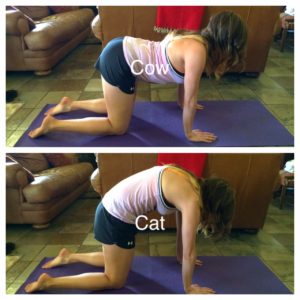

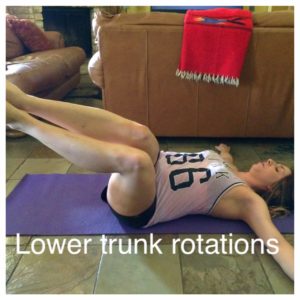

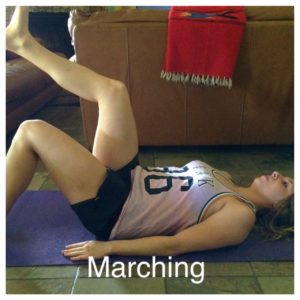
 Article Written by:
Article Written by:
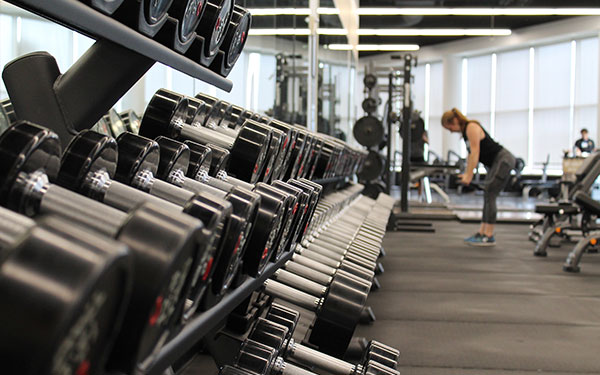
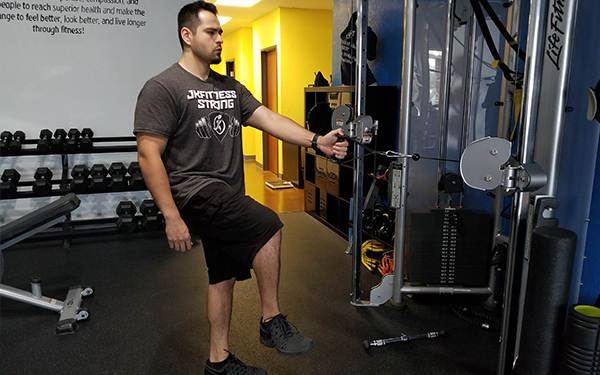


Leave A Comment
You must be logged in to post a comment.